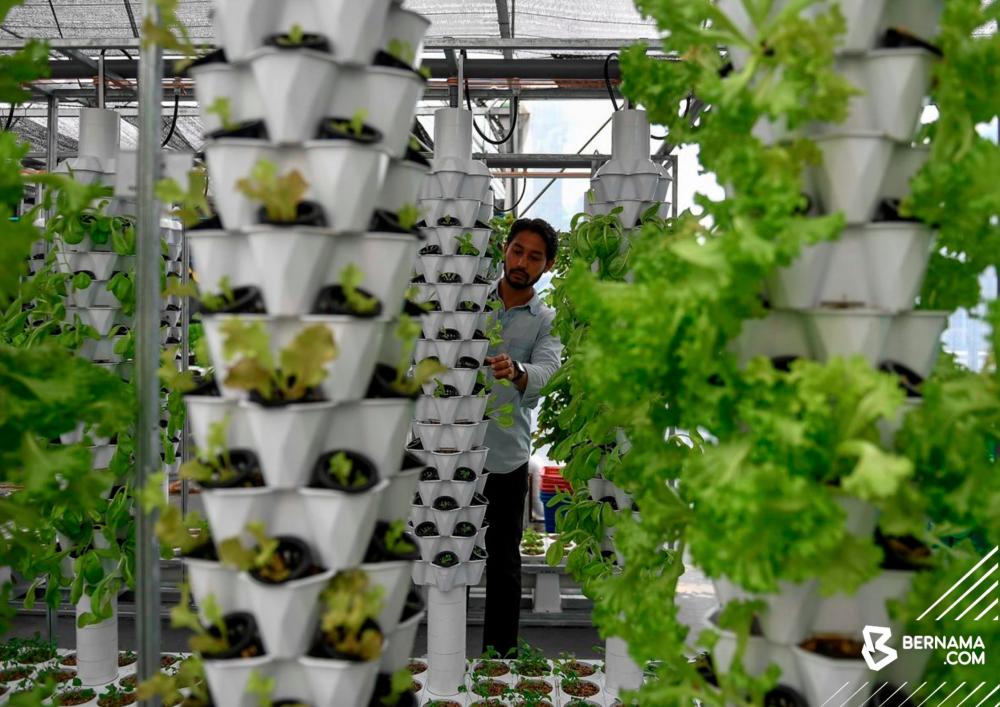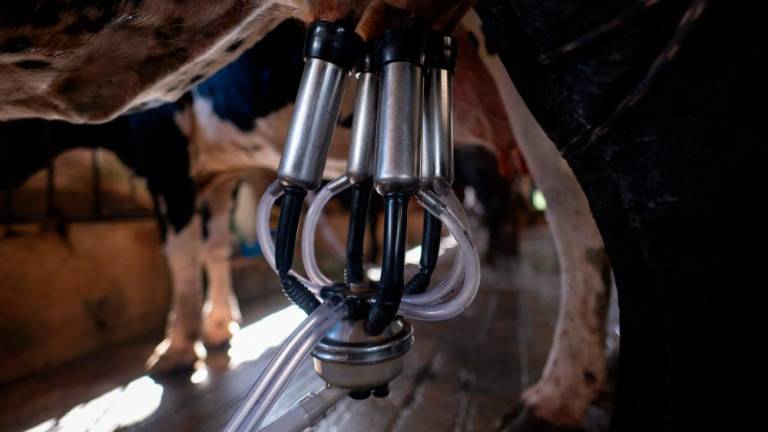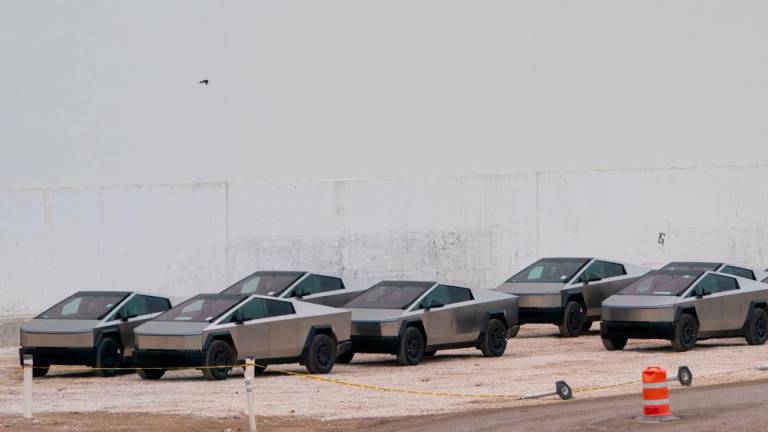PETALING JAYA: Urban farming on rooftops and car parks began due to necessity and lack of land.
But, that is not entirely the case in Malaysia, where even in urban areas, there are pockets of land owned by authorities or developers that are underutilised.
“Our government must first allow the use of unutilised land for individuals or community groups to start gardens and farms,” said aquaponics and hydroponics operator Anuar Kamal Ismail.
He said even underused areas in shopping malls have the potential to become urban garden centres that can feed the community.
“Most buildings have rooftop gardens, but what is grown there is purely for beauty and landscaping and not edible. As such it is a waste of space and resources.”
Anuar Kamal said Malaysians do not realise the urgency to resolve the nation’s food security issues.
He said people should focus on long-term solutions to the food security problem.
He added that private home owners should consider developing their own gardens while housing communities should start community gardens.
“The problem is that many people do not want to work together, including government agencies.”
He shared how his aquaponics effort hit a roadblock when staff at the Agriculture Ministry did not help much, saying the rearing of fish in his aquaponics system did not come under the ministry’s purview.
He said if a home had a single system with just one type of vegetable or one species of fish, the owner would not be able to enjoy much variety.
“How much baby pak choy can one eat every day?”
Anuar added that on the other hand, if as few as five homes come together, plan and execute an aquaponics or hydroponics system, they can all enjoy five different types of vegetables and fish.
He said an aquaponics system for a private home is achievable but would not be practical if not done in small groups.
“The cost of an aquaponics system can start from RM3,000 and a hydroponics system, from RM1,000, depending on the size.”
He added that annual maintenance cost for both systems would be between RM200 and RM500, depending on the size.
Anuar said Malaysians should start by fully utilising land pockets in urban areas and at their homes.
“Get comfortable with planting, and then maybe we can adopt the hydroponics or aquaponics system to further strengthen our food security.”
Commenting on the Singapore government’s move to rent out underutilised spaces to be used as urban farms, he said some of them produce up to 400kg of vegetables per day.
The project that began in 2020 is part of Singapore’s plan to increase local food production as the country imports 90% of its food.
Last week, theSun reported that about 100 farmers and fishermen gathered outside Parliament to highlight local food production and security issues.
The group called on the government to recognise land used for food production as sensitive land to maintain food security.
Urban farming can be done through the aquaponics or hydroponics system to overcome lack of land.














